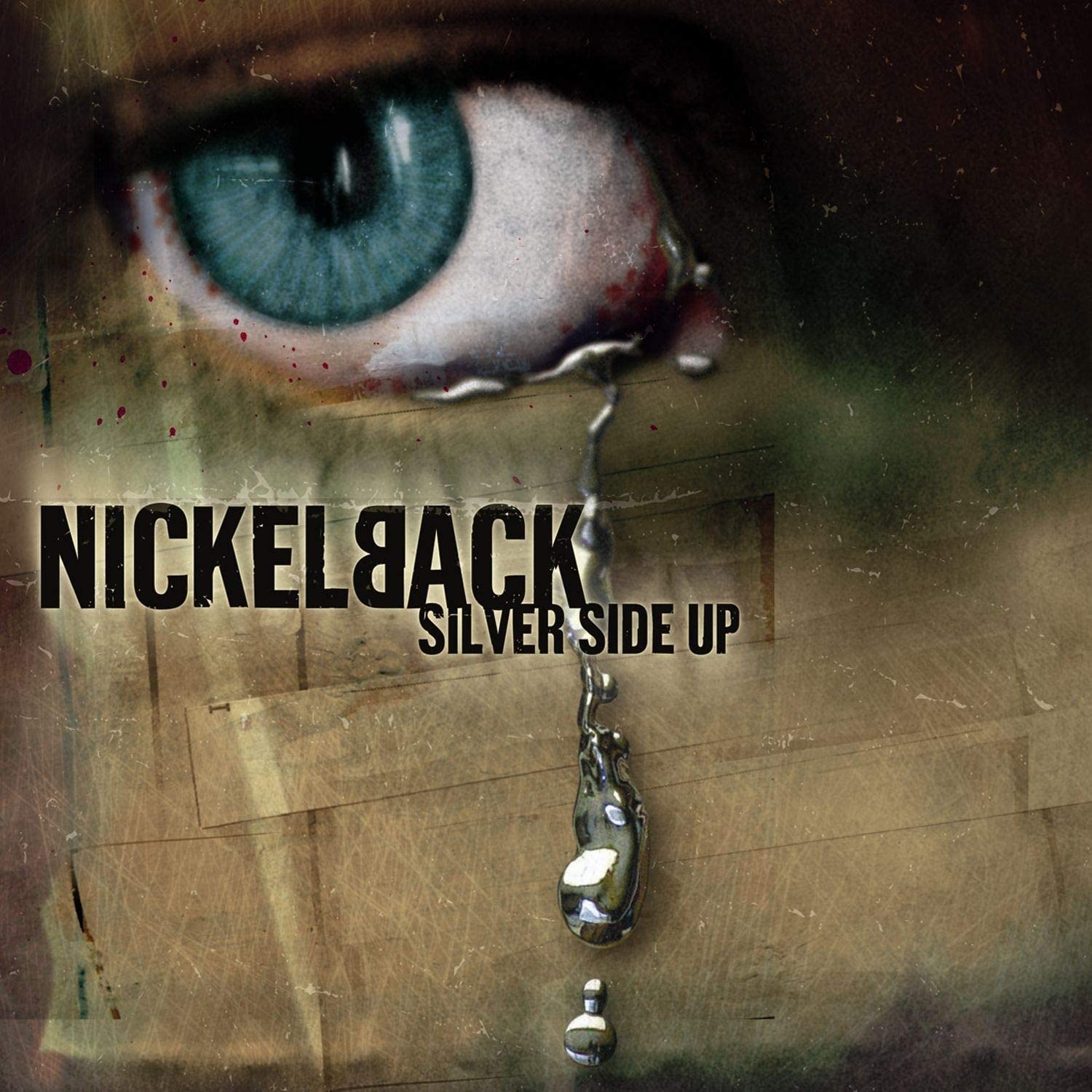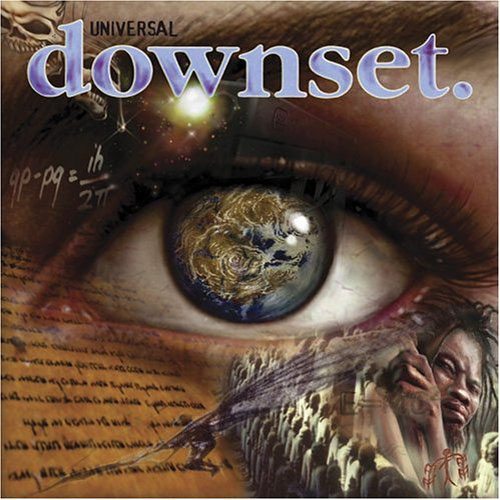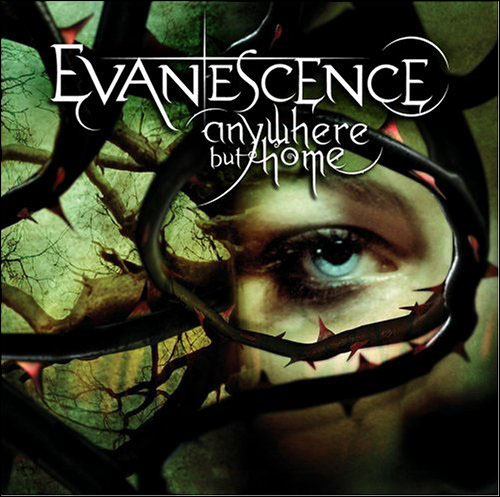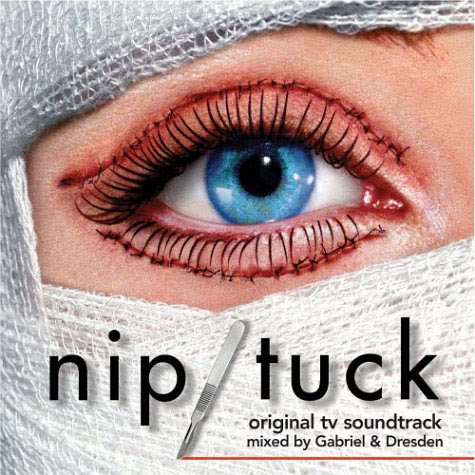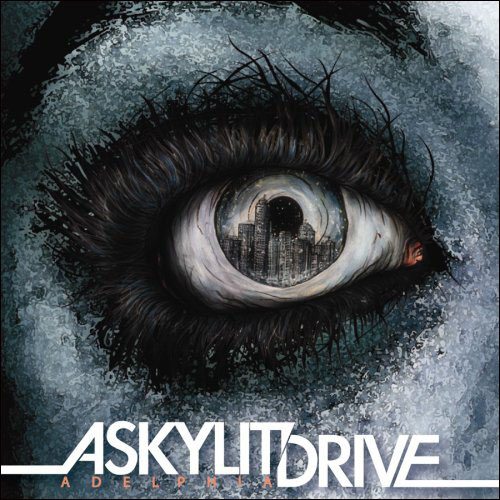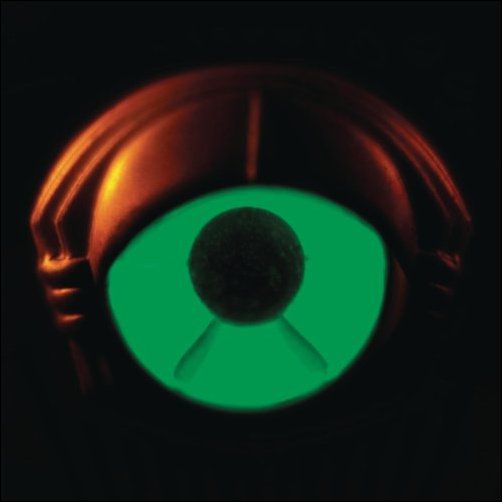Motivation | Tips | Summary | Word List
Motivation
Walking the walls of Bergamo's upper city one afternoon, we catch a beautiful rainbow (
arcobaleno). As we watch we wonder, how do you pluralize
acrobaleno? A few days later, we read an account of a hold up of a restaurant in Casavatore (Napoli). The article mentions that the perpetrators wore sweatshirts and ski masks (
felpe e passamontagna).
Passamontagna is the plural form for ski masks and not
passamontagne? These two questions awakened a deep insecurity we had about not understanding compound nouns (
parole composte) in the Italian language, and specifically how to correctly make them plural.
As you might expect, there are rules and there are exceptions to those rules when it comes to understanding how to pluralize compound nouns. What helps – and what we cover here – is understanding how compound nouns are put together, that is, what parts of speech make up the compound.
This post is aimed at English-speakers who are learning Italian and want to know more about compound nouns in Italian and how to make them plural. We give tips about compound words that will help lessen their mystery - we hope. And, because we are engineers at heart, we look for rules of thumb for making reasoned arguments about plurals without having to always consult a dictionary. And our usual disclaimer: we are not language teachers or linguists. We are just trying to puzzle our way through learning the Italian language.
Too long to read: your best guess is to pluralize the second part of a compound noun, which is also probably your first instinct.
Tips
We use the following abbreviations in this post:
A + B = a compound word made of two words, A and BAdj = adjective
Adv = adverb
Inv = invariant
NF = feminine noun
NM = masculine noun
NP = plural noun – either masculine or feminine
Pre = preposition
V = verb
In this post, we mostly deal with compounds that produce a noun. Using a formula notation, we are talking about NF + NM = NM or V + NM = NM. When the result of the compound is a noun, we leave out the "= NM" or "= NF" for simplicity. Compounds that produce an adjective or adverb are kept with the full formula, for example Adj + Adj = Adj or NF + Adj = Adj or Adj + Adj = Adv. These are mentioned in Tip 12.
Tip 1: Understand the types of compound words you'll encounter.
In English, we have open, closed, and hyphenated compound words. See for example The Chicago Manual of Style 16th edition, section 7.78. These three types exist in Italian as well.
- open: the compound is spelled as two words and plural forms are almost always pluralizing the second word
- English: high school => high schools, hot dog => hot dogs
- Italian: nave traghetto => navi traghetto, giallo oro => gialli oro, mobile bar => mobili bar
- closed: the compound is one word (two words together) – this is the form we'll cover in this post
- English: rainbow => rainbows, railroad => railroads
- Italian: arcobaleno => arcobaleni, ferrovia => ferrovie
- hyphen:
- English: emerald-green, middle-class
- Italian: Hyphen between words is typically used for onomatopoeic words such as zig-zag, tran-tran, and lecca-lecca.
After investigating, we were surprised to learn how much the English language uses hyphens for making compound nouns. Reading the Chicago Manual of Style section "Hyphenation guide for compounds and words formed with prefixes" sent our heads spinning. In Italian, hyphens are used less for making words and more for punctuation. For an overview in Italian, see when to use
hyphen (trattino) for compound nouns.
Note that hyphenated compounds in English usually don't translate to compounds in Italian. But what would you expect? Here are examples:
"a much-needed addition" =>
una necessaria aggiunta"a pipe-and-slipper husband" =>
un marito pipa e pantofole"emerald-green forests" =>
foreste verdi smeraldo"best-known authors" =>
autori più conosciuti"vomit-inducing love story" =>
la storia d'amore vomitevoleTip 2: Understand where to put the stress.
In English, with few exceptions, compound words are stressed on the first component stem, that is the A part of A + B. English speakers naturally put the stress in the correct place and don't think twice about it. For example, note where you stress and where you pause is in these sentences. "Robert has a greenhouse." "Robert has a green house."
In Italian, word stress follows normal Italian stress rules, which means the stress is usually in the second stem. Showing syllable stressed, we have:
- English: `rain-bow, `rail-road
- Italian: ar-co-ba-lé-no, fer-ro-vì-a
Pluralizing the Italian compounds doesn't alter the stress that much if at all.
Tip 3: Think about your four choices for pluralization.
The
Wikipedia Composizione entry, in Italian, sparked the idea to us that you only need to worry about four choices for pluralization. For a compound word A + B, you have four decisions:
- Case I: pluralize A
- Case II: pluralize B
- Case III: pluralize A and B
- Case IV: don't pluralize either
It's easier to thing about four options rather than all the specific cases (greater than 20), which is what we'll go into below. You have just four decisions to make, which is easier in our opinion. Furthermore, after reading this, it will be clear that Case II is your best and safest guess if you are unsure.
Tip 4: Understand the parts of speech used to make up the compound.
Compound words can be NM + NM, NF + NF, NM + NF, NF + NM, V + NM, V + NF, V + NP, and so on. The Summary section below shows all the combinations. Most grammar books and websites give the rules with these combinations in mind. As we'll show subsequently, knowing if you are dealing with two nouns and the genders of the nouns, or you have a verb that makes up the compound can significantly help you make the correct decision when it comes to pluralizing.
There are compounds that are really three words together, V + Pre + N or N + Pre + N, but we'll treat these as well in this post. Examples include:
- V + Pre + N
- messinscena => messinscene – equal to messa in scena
- saltimbanco => saltimbanchi – from saltare in banco
- N + Pre + N
- fichodindia => fichidindia – from fico d'India
- capodanno => capodanni – from capo d'anno
- pomodoro => pomodori or pomidoro or pomidori – from pomo d'oro
Tip 5: Rule of thumb for NM + NM, V + NM, and Adj + NM compounds – guess Case II.
When A and B are masculine nouns (NM + NM), they typically fall under Case II (pluralize B, the RIGHT term). Examples:
- arcobaleno => arcobaleni
- francobollo => francobolli
- melograno => melograni
But there are traps, especially when the word
capo is the A or LEFT term. In this case, you need to get the sense of the word to see if A or B gets pluralized. You must find which part is the head, that is carries the semantic content of the content, or more simply put, is the most important part. Examples:
- capostazione => capistazione
- capostazione is a station master. In this case, think of English. We pluralize it as "station masters" not "stations master" or "stations masters". The master or capo part is more important, so it gets pluralized, the first term.
- capogiro => capogiri
- capogiro means dizziness, or to make it easier to work with here: "head spin". capo means head and giro means turn. So, to pluralize, it makes more sense that you have "head spins" not "heads spin" or "heads spins". Hence, pluralize second term.
For V + NM compounds, your best guess at the pluralization is usually Case II – pluralize the second term. Exceptions:
parasole =>
parasole and
portasapone =>
portasapone, which are invariant and under Case IV. Maybe when the masculine noun ends in E (
sole,
sapone) is the factor here? Nope, there is
crepacuore =>
crepacuori. And
apricancello (invariant, Case IV). Just can't catch a break, can we?
Similarly, for Adj + NM, go with Case II. There are exceptions to Adj + NM that fall under case III, such as
bassofondo =>
bassifondi.
Tip 6: Rule of thumb for NF + NF compounds – guess Case II or Case III.
When A and B are feminine nouns, they can be Case II or Case III, pluralize the second term or both terms of the compound. Good examples can be seen where A =
madre and even here plurals aren't always fixed.
Case II: pluralize just B
- madreperla => madreperle
- madrevite => madreviti
Case III: pluralize A and B
- madrelingua => madrilingue (or madrelingue)
Tip 7: Rule of thumb for NM + NF, NF + NM compounds – guess Case I.
When A and B are nouns with different genders, start with Case I, pluralizing the A or LEFT term. To confirm, use a dictionary.
Tip 8: Understand the head word of a compound word for compounds made of nouns.
The head of a compound of nouns is the word that determines the grammatical category of the compound.
In English, the keyword or
head of the compound A + B, is most often on the RIGHT (that is B) and it's the one that gets pluralized. Of course, there are exceptions such as: mother-in-law => mothers-in-law, lady-in-waiting => ladies-in-waiting, woman-doctors => women-doctors, sergeant major => sergeants major.
In Italian, the situation is more varied. We talked about the head (
la testa) in Tip 5, when looking at compound words with
capo. Understanding that for
capostazione, term A gives the sense of the word and term B qualifies it, helps guide understanding that the plural is
capistazione. Or, for
capogiro, term B is the head word, and it is pluralized to give
capogiri. We don't pretend this is a hard and fast way to analyze these compounds, but at least it will get you closer to the correct pluralization.
There are cases where both words of the compound are equal and there isn't a head per se. In this case, you typically pluralize both terms or neither, so Case III or IV.
The Italian Wikipedia page on
composizione suggests the intriguing tidbit that in general (
in linea di massima) modern terms have the head on the LEFT, while older compounds words coming from Latin like
terremoto or words derived from English like
scuolabus, have the head is on the RIGHT. This sounds useful, but at this point you would be looking in a dictionary to find the origins or date of first use for words and we are trying to avoid going to a dictionary.
Tip 9: Rule of thumb for V + V, V + NF, and V + NP compounds – guess Case IV.
When we are dealing with nouns made of two nouns (NM + NM, NF + NF, NF + NM), looking for the head can help puzzle out how to pluralize.
When dealing with combinations that have one or two nouns, like V + V or V + NF, and V + NP, it doesn't help. You could say that neither part of the compound is a head word. In fact, all these combinations turn out to be (with a few exceptions for V + NF) Case IV – invariant – the plural form is the same as the singular form.
andirivieni – V + V, from
andare +
veniredormiveglia – V + V, from
dormire +
vegliaresaliscendi – V + V, from
salire +
scenderepassamontagna – V + NF
posacenere – V + NF
tritacarne – V + NF
apribotiglie – V + NP
guastafeste – V + NP
lavastoviglie – V + NP
Exceptions to the V + NF category are any compounds with
mano, which behaves more like V + NM and go under Case II – second term pluralizes. Examples:
asciugamano =>
asciugamani,
corrimano =>
corrimani. Also:
salvagente =>
salvagenti.
Compounds of V + NF or V + NM or V + NP are covered in an interesting paper we came across:
An instance of productive overabundance: The plural of some Italian VN compounds, which makes our work here look Mickey-Mouse.
Tip 10: Rule of thumb for NF + Adj and Adj + NF – guess Case II.
This is the case that keeps us up at night. When we first started working with compound nouns in Italian, our tendency was to pluralize both parts of the compound Case III. But hopefully as we have shown up to this point, that's just not the case where most of the pluralization happens, generally.
Specifically, for NF + Adj or Adj + NF compounds, pluralizing both (Case III) is a good guess. But we'd say maybe the best first start (guess) you can make is to pluralize the second term. Why? Even if there are a lot of cases where both terms are pluralized (Case III), we would argue that in the interest of communicating, maybe it's better to start by pluralizing the second term (which is easiest for English speakers to do) rather than stopping and overthinking to pluralize both, which is kind of hard. For example, if you said, incorrectly,
belladonne or
mezzalune, you would still get you point across in concept and pluralization.
cassaforte =>
casseforti – NF + Adj, Case III
terraferma =>
terreferme – NF + Adj, Case III
belladonna =>
belledonne – Adj + NF, Case III
mezzaluna =>
mezzelune – Adj + NF, Case III
gentildonna =>
gentildonne – Adj + NF, Case II.
pastasciutta =>
pastasciutte – NF + Adj, Case II
purosangue – Adj + NF, Case IV invariant
Tip 11: Compounds that have one or both terms plural.
If the first term of the compound is plural, usually we pluralize second term – Case II. Examples:
- acquedotto => acquedotti – NP + NM
- filigrana => filigrane – NP + NF
- piedistallo => piedistalli – NP + NM
If both terms of the compound are already plural, then it's Case IV – invariant. Example:
Tip 12: Compounds that don't form a noun but form an adjective or adverb – then plural is as usual on second word, which means Case II.
Up to this point we have talked about compounds assuming they are a nouns. But there can be adjectives and adverbs composed of two words as well. (Well, more than that but we are keeping the discussion simple here.) For composed adjective and adverbs, Case II, pluralizing the second term is a great guess with which you'll be correct most of the time. We include these also in the lists below.
esterofilo =>
esterofili/e – Adj + NM = Adj
dolceamaro =>
dolceamari/e – Adj + Adj = Adj
fotostatico =>
fotostatici/che – NF + Adj = Adj
maleducato =>
maleducati/e – Adv + Adj = Adj
malsano =>
malsani/e – Adv + NM = Adj
malvolentieri* – Adv + Adv = Adv
monografico =>
monografici/che – Adj + Adj = Adj
grigioverde =>
grigioverdi – Adj + Adj = Adj
sacrosanto =>
sacrosanti/e – Adj + Adj = Adj
sempreverde =>
sempreverdi – Adv + Adj = Adj
strappacuore* – V + NM = Adj
* And exceptions there are always. In this case, you can't make
malvolentieri ("reluctantly") or
strappcuore ("heartbreaking") plural as it doesn't make sense.
Summary
The idea we put forward in this post is that if you can identify the grammatical parts of the compound (NM, NF, V, Adj, Pre, NP, Avv), then you can use rules of thumb for making a good guess at plurals. Look at the diagonal of the table below. Furthermore, guessing Case II, that is pluralizing only second term, is a great starting guess to keep communication going in a conversation. It turns out that many common compound words fall under Case II.
| Case I plural first term | Case II plural second term | Case III plural both terms | Case IV invariant |
Compound Form is a Noun | NM + NF,
NF + NM
| ü | * e.g., 'capo' | | |
NM + NM,
NF + NF | * e.g., 'capo' | ü | * | |
Adj + NM,
Adj + NF | | ü | * | * |
V + NM | | ü | | * |
Adj + Adj | | ü | | |
NP + NM | | ü | | |
NP + NF | | ü | | |
Adv|Pre + NM = NM Adv|Pre + NF = NF | | ü | | * e.g., 'fuoribordo' |
NM + Adj, NF + Adj | | * | ü | |
V + V | | | | ü |
V + NF | | * e.g., 'mano' | | ü |
V + NP | | | | ü |
NP + NP | | | | ü |
Adv|Pre + NM = NF Adv|Pre + NF = NM | | | | ü |
* exceptions
Some compounds have more than one way to pluralize them based on usage, region, or other factors. We didn't go into that much here other than mention a few. For the compounds that have more "fixed" plurals, we used the following sources to establish the plural form:
If there was disagreement between the sources, we tended to use the Dizionario Italiano and Treccani as the final word.
Word List
Case I: pluralize first term of compound.
capolettera =>
capilettera (NM + NF)
capostazione =>
capistazione (NM + NF)
capoufficio =>
capiufficio (NM + NM) (exception with '
capo')
capotavola =>
capitavola (NM + NF)
centrotavola =>
centritavola (NM + NF)
ficodindia =>
fichidindia (N + Pre + N)
pescesega =>
pescisega (NM + NF)
grillotalpa =>
grillitalpi (NM + NF)
mobile bar =>
mobili bar (NM + NM)
mobile tv =>
mobili tv (NM + NF)
nave appoggio |
navi appoggio (NF + NM)
nave traghetto |
navi traghetto (NF + NM)
pescespada |
pescispada (NM + NF)
Case II: pluralize the second term of the compound.
arcobaleno =>
arcobaleni (NM + NM)
agrodolce =>
agrodolci (Adj + Adj = Adj)
altoparlante =>
altoparlanti (Adj + NM)
anticamera =>
anticamere (Adv + NF = NF)
acquedotto =>
acquedotti (NP + NM)
autoparlante =>
autoparlanti (Adj + NM)
asciugamano =>
asciugamani (V + NF)
banconota =>
banconote (NM + NF) (exception, usually Case I)
boccaporto =>
boccaporti (NF + NM) (exception, usually Case I)
bassorilievo =>
bassorilievi (Adj + NM)
battibecco =>
battibecchi (V + NM)
batticuore =>
batticuori (V + NM)
battimano =>
battimani (V + NF) ('mano' exception behaves like V + NM)
bianconero =>
bianconeri (Adj + Adj = Adj)
cacciavite =>
cacciaviti (V + NF) (exception, usually Case IV)
camposanto =>
camposanti (NM + NM)
capocuoco =>
capocuochi (NM + NM) (for plural M, or
capocuoche for plural F)
capodanno =>
capodanni (N + Pre + N)
caporedattore =>
caporedattori (NM + NM)
caporedattrice =>
caporedattrici (NM + NF) (exception with 'capo')
capotecnico =>
capotecnici (NM + NM)
cartapecora =>
cartapecore (NF + NF)
cassapanca =>
cassapanche (NF + NF)
cavolfiore =>
cavolfiori (NM + NM)
chiaroscuro =>
chiaroscuri (Adj + Adj)
contrordine =>
contrordini (Pre + NM = NM)
copricapo =>
copricapi (V + NM)
coprifuoco =>
coprifuochi (V + NM)
copriletto =>
copriletti (V + NM) (or
copriletto)
corrimano =>
corrimani (V + NF) ('
mano' exception, behaves like V + NM)
crepacurore =>
crepacuori (V + NM)
dolceamaro =>
dolceamari/e (Adj + Adj = Adj)
dopopranzo =>
dopopranzi (Pre + NM = NM)
esterofilo =>
estorfili/e (Adj + NM = Adj)
falsariga =>
falsarighe (Adj + NF)
ferragosto =>
ferragosti (Latin)
ferrovia =>
ferrovie (NM + NF)
ficcanaso =>
ficcanasi (V + NM) (for plural M, but
ficcanaso for plural F)
filigrana =>
filigrane (NP + NF)
fotostatico =>
fotostatico/che (NF + Adj = Adj)
francobollo =>
francobolli (NM + NM)
fruttivendolo =>
fruttivendoli (NMP + NM)
gentiluomo =>
gentiluomini (Adj + NM)
gentildonna =>
gentildonne (Adj + NF) (exception, usually Case III)
giallorosso =>
giallorossi (Adj + Adj = Adj)
girasole =>
girasoli (V + NM)
girotondo =>
girotondi (Adj + NM)
grattacapo =>
grattacapi (V + NM)
grigioverde =>
grigioverdi (Adj + Adj = Adj)
lestofante =>
lestofanti (Adj + NM)
lungomare =>
lungomari (Pre + NM = NM)
madreperla =>
madreperle (NF + NF)
madrevite =>
madreviti (NF + NF)
maleducato =>
maleducati/e (Adv + Adj = Adj)
malsano =>
malsani/e (Adv + Adj = Adj)
melograno =>
melograni (NM + NM)
melagrana =>
melagrane (NF + NF)
messinscena =>
messinscene (V + Pre + N)
mezzogiorno =>
mezzogiorni (Adj + NM)
monografico =>
monografici/che (Adj + Adj = Adj)
monolocale =>
monolocali (Adj + NM)
neroazzurro =>
neroazzurri (Adj + Adj = Adj)
palcoscenico =>
palcoscenici (NM + Adj) (exception, usually Case III)
paramano =>
paramani (V + NF) ('
mano' exception)
parafango =>
parafanghi (V + NM)
parafulmine =>
parafulmini (V + NM)
passatempo =>
passatempi (V + NM)
passoporto =>
passoporti (V + NM)
pastasciutta =>
pastasciutte (NF + Adj) (exception, usually Case III)
perditempo =>
perditempi (V + NM)
pescecane =>
pescecani (NM + NM)
pescivendolo =>
pescivendoli (NP + NM)
pianoforte =>
pianoforti (Adj + Adj)
piedistallo =>
piedistalli (NP + NM)
pomodoro =>
pomodori (N + Pre + N) (also
pomidoro and
pomidori)
ragnatela =>
ragnetele (NM + NF)
roccaforte =>
roccaforti (NF + Adj) (exception, usually Case III)
rompicollo =>
rompicolli (V + NM) (for plural M, but
rompicollo for F)
rossonero =>
rossoneri (Adj + Adj = Adj)
sacrosanto =>
sacrosanti (Adj + Adj = Adj)
saltimbanco =>
saltimbanchi (V + Pre + N)
salvagente =>
salvagenti (V + NF) (exception, usually Case IV)
segnalibro =>
segnalibri (V + NM)
sempreverde =>
sempreverdi (Adv + Adj = Adj)
soprascarpa =>
sorpascrape (Pre + NF = NF)
sopramobile =>
sopramobili (Pre + NM = NM)
sopranome =>
sopranomi (Pre + NM = NM)
sordomuto =>
sordomuti (Adj + Adj = Adj or NM)
sordamuta =>
sordamute (Adj + Adj = Adj or NF)
sottaceto =>
sottaceti (Pre + NM) (or sottaceto)
sottopassaggio =>
sottopassaggi (Pre + NM)
spazzacamino =>
spazzacamini (V + NM)
surgelato =>
surgelati (Pre + NM = NM)
terremoto =>
terremoti (NF + NM) (exception, from Latin)
toporagno =>
toporagni (NM + NM)
vanagloria =>
vanaglorie (Adj + NF)
Case III: pluralize both terms of compound.
acquaforte =>
acqueforti (NF + Adj)
belladonna =>
belledonne (Adj + NF) (exception, usually Case II)
caposaldo =>
capisaldi (NM + Adj) (or caposaldi Case II)
cartapesta =>
cartepeste (NF + Adj) (or cartapeste Case II)
cartastraccia =>
cartestracce (NF + Adj)
cassaforte =>
casseforti (NF + Adj)
cartamoneta =>
cartemonete (NF + NF)
cassapanca =>
cassepanche (NF + NF) (alternate to Case II)
collotorto =>
collitorti (NM + Adj)
madrelingua =>
madrilingue (NF + NF) (or
madrelingue Case II)
malalingua =>
malelingue (Adj + NF) (exception, usually Case II)
mezzaluna =>
mezzelune (Adj + NF) (exception, usually Case II)
mezzatinta =>
mezzetinte (Adj + NF) (exception, usually Case II)
pescecane =>
pescicani (NM + NM) (alternate to
pescecani as in Case II)
piattaforma =>
piatteforme (Adj + NF) (or
piattaforme, Case II)
roccaforte =>
roccheforti (NF + Adj) (or
roccaforti, Case II)
terracotta =>
terrecotte (NF + Adj)
terraferma =>
terreferme (NF + Adj)
Case IV – Invariant, no pluralization needed.
andirivieni (V + V for
andare +
venire)
apribottiglie (V + NP)
apricancello (V + NM) (exception, form is usually case II)
aspirapolvere (V + NF)
baciapile (V + NP)
battipanni (V + NP)
battiporta (V + NF)
battiscopa (V + NF)
battistrada (V + NF)
buttafuori (V + Adv)
cantastorie (V + NP)
cavatappi (V + NP)
contachilometri (V + NP)
contapassi (V + NP)
copripiedi (V + NP)
crocevia (Inv, Latin)
cruciverba (Inv, Latin)
dormiveglia (V + V for dormire + vegliare)
fermacravatta (V + NF)
fondovalle (Inv)
fuggifuggi (V + V)
fuoribordo (Adv + NM = NM) (exception, form is usually Case II)
guardasigilli (V + NP)
guastafeste (V + NP)
lanciafiamme (V + NF)
lavapiatti (V + NP)
lavastoviglie (V + NP)
macinacaffè (V + NM)
malvolentieri (Adv + Adv = Adv)
mezzosangue (Adj + NF) (exception, form is usually Case II)
oltratomba (Pre + NF)
parapiglia (V + V for parare + pigliare)
parasole (V + NM) (exception, form is usually Case II)
passamontagna (V + NF)
piedipiatti (NP + NP)
poggiapiedi (V + NP)
poggiatesta (V + NF)
portasapone (V + NM) (exception, form is usually Case II)
portabagagli (V + NP)
portabandiera (V + NF)
portacenere (V + NF)
portafrutta (V + NF)
portalettere (V + NF)
portamonete (V + NP)
portaocchiali (V + NP)
portapenne (V + NP)
portavoce (V + NF)
posacenere (V + NF)
posapiano (V + Adv)
prendisole (V + NM) (exception, form is usually Case II)
purosangue (Adj + NF) (exception, form is usually Case II)
retroterra (Adv + NF => NM)
rubacuori (V + NP)
saliscendi (V + V)
schiaccianoci (V + NP)
scolapasta (V + NF)
segnalinee (V + NP)
senzatetto (Pre + NM = NF or NM)
scioglilingua (V + NF)
sottobanco (Pre + NM)
sottobotiglia (Pre + NF = NM)
sottocoda (Pre + NF = NM
sottoscala (Pre + NF = NM)
spazzaneve (V + NF)
strappacuore (V + NM = Adj)
stuzzicadenti (V + Adj)
tagliaboschi (V + NP)
toccasana (V + Adj)
tritacarne (V + NF)
voltafaccia (V + NF)
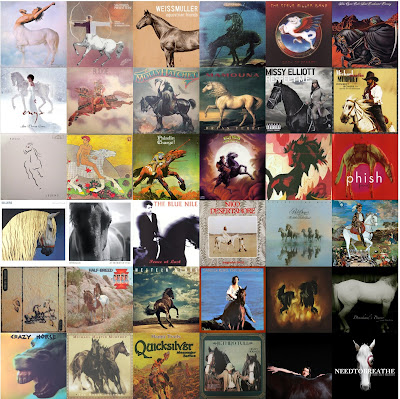


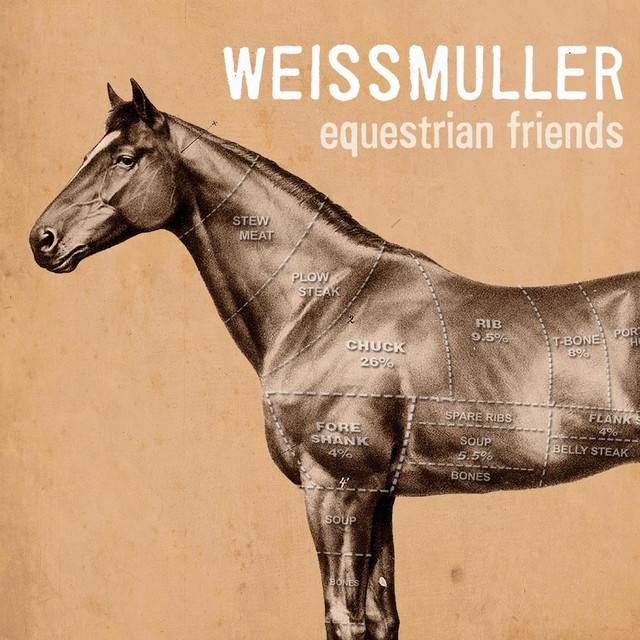
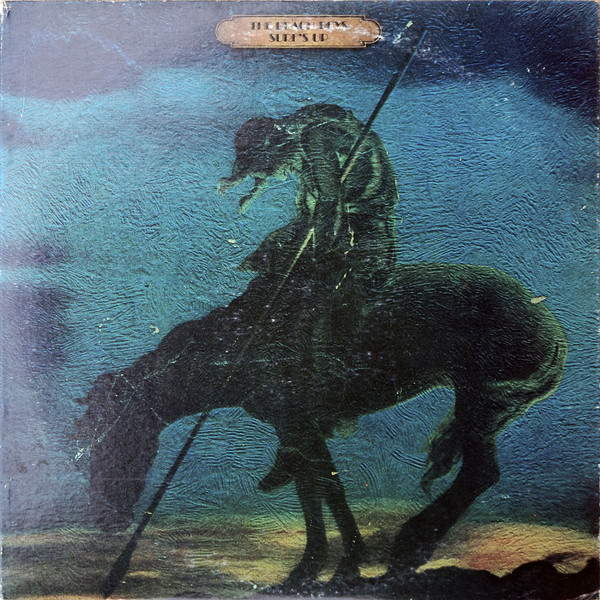




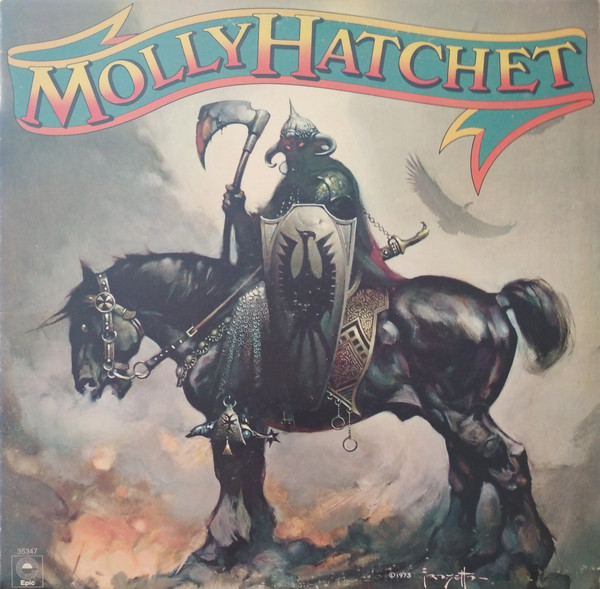



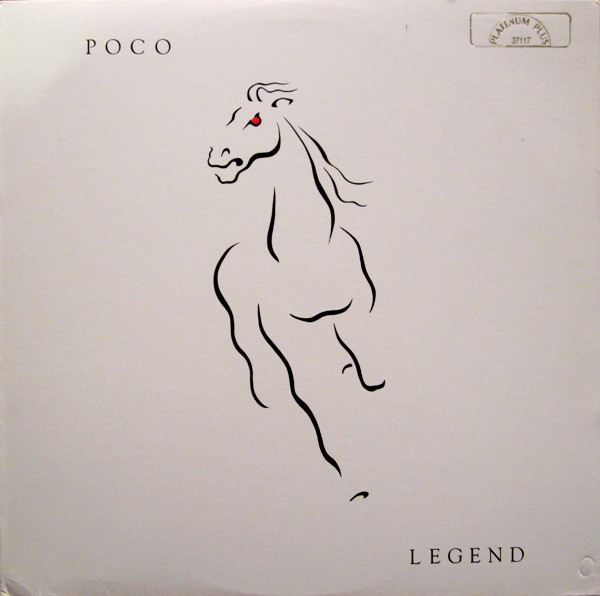
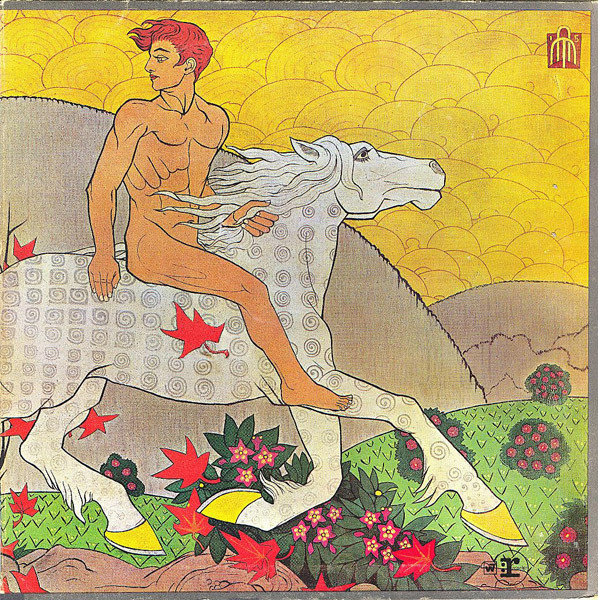
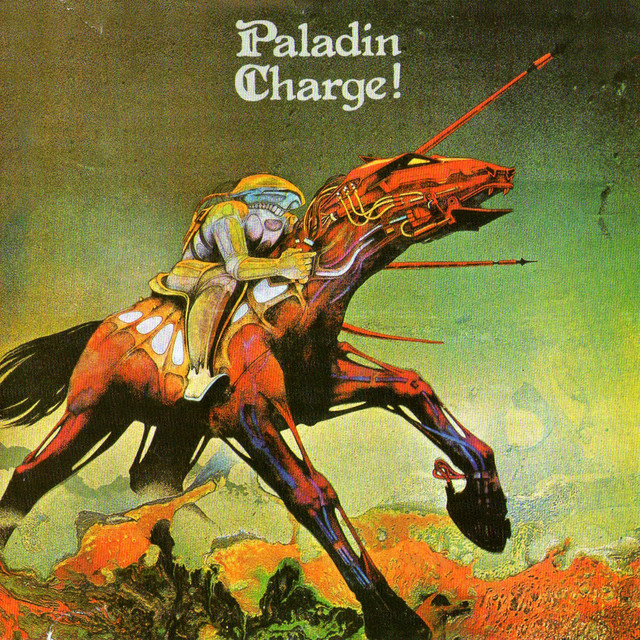

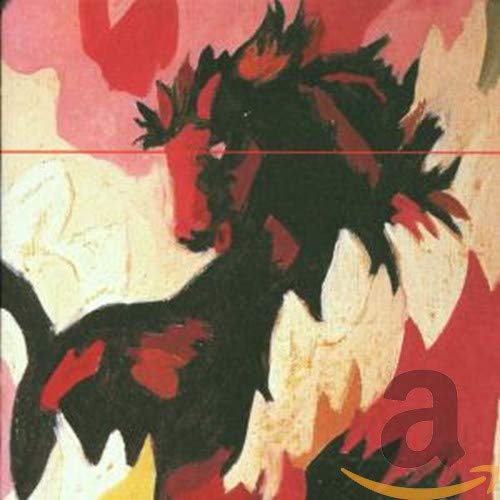


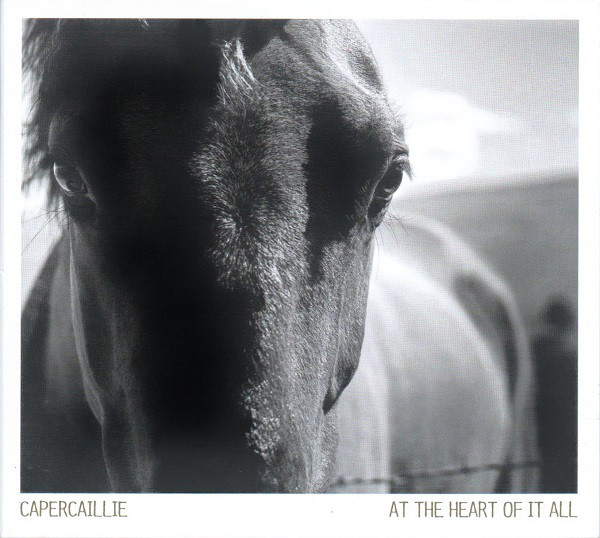
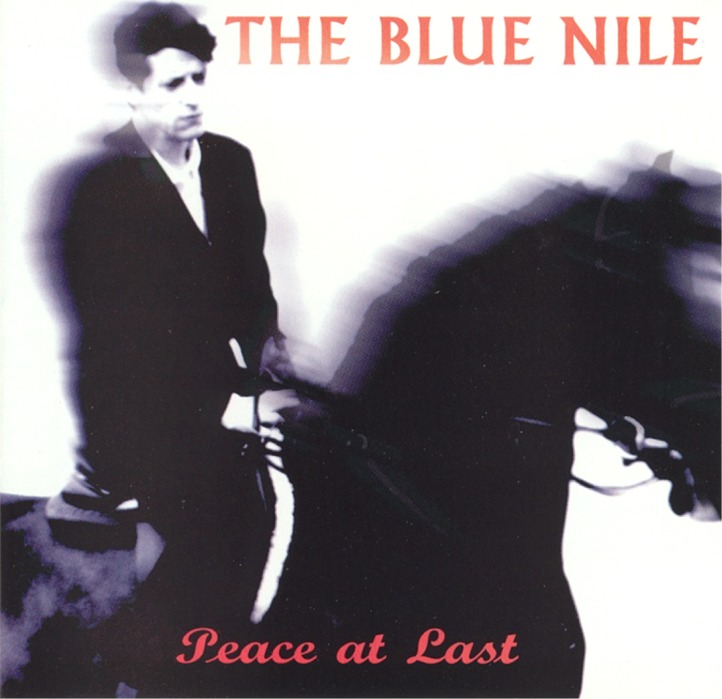


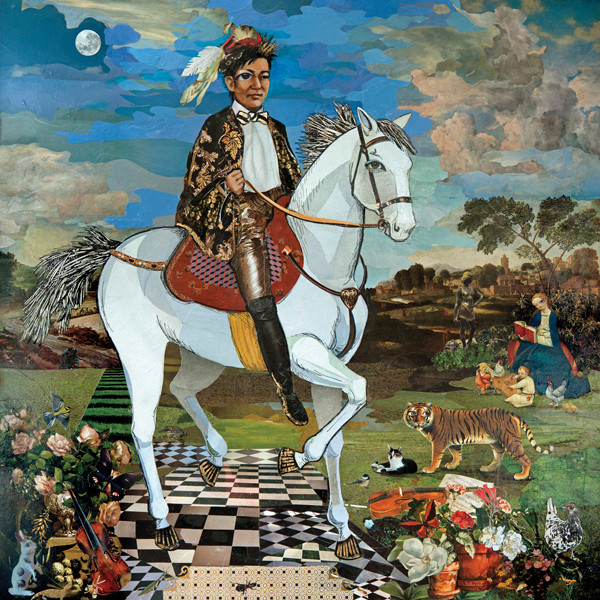
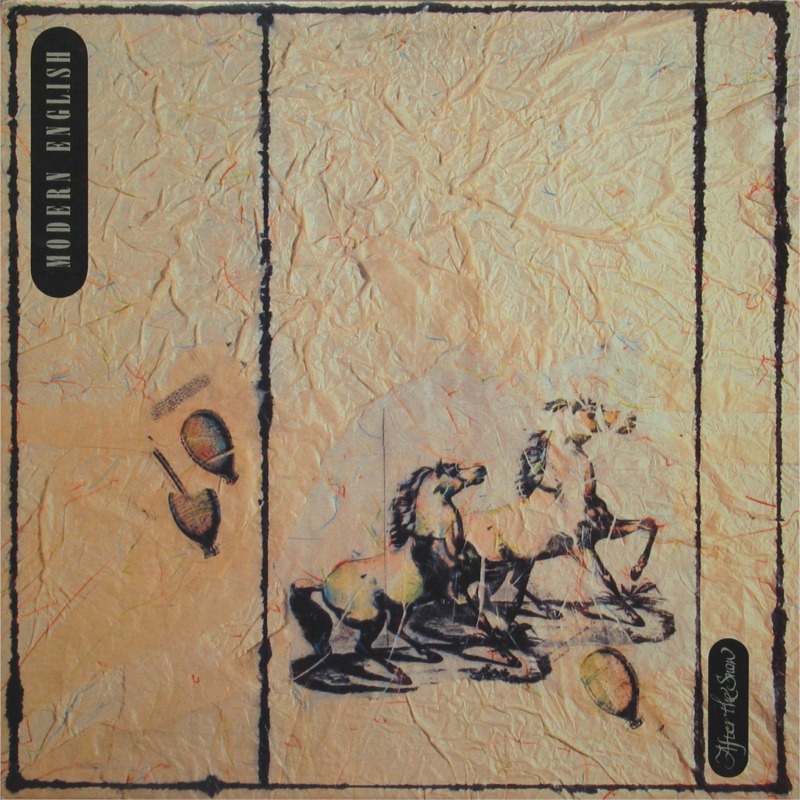
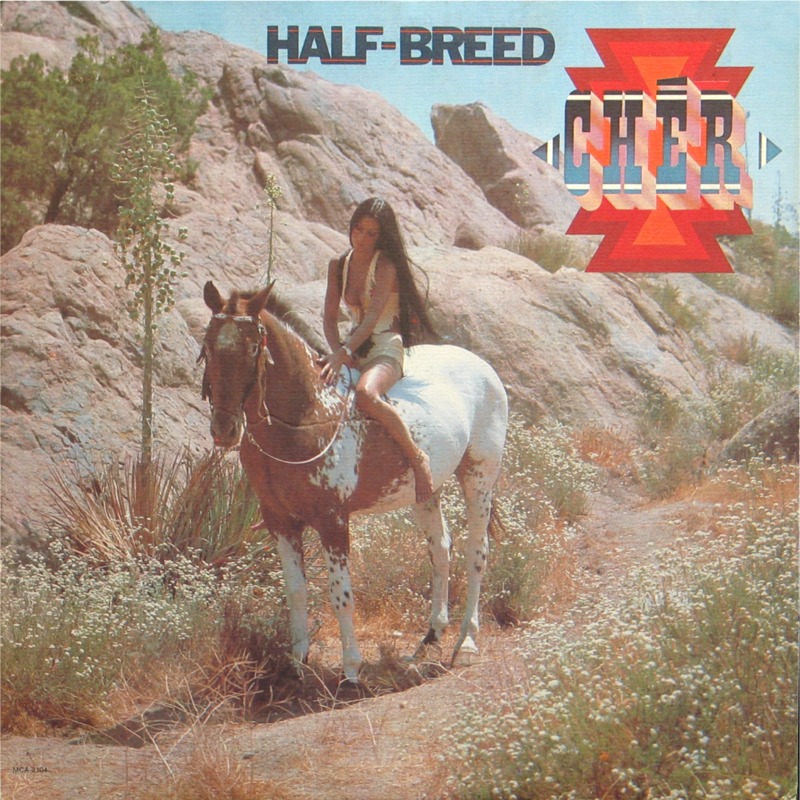


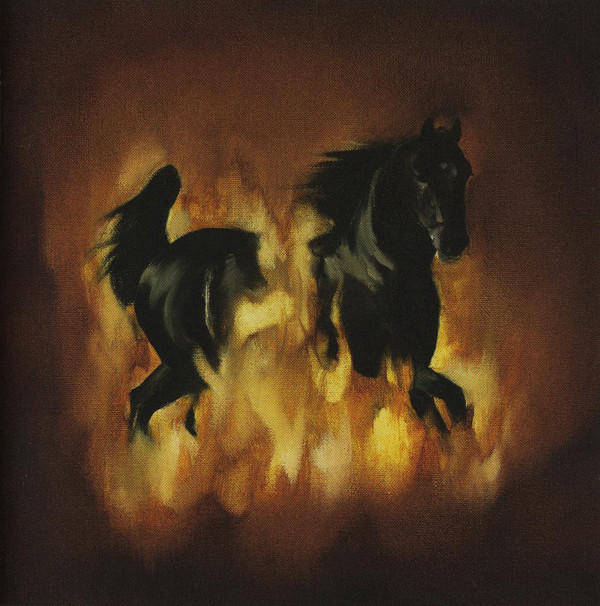
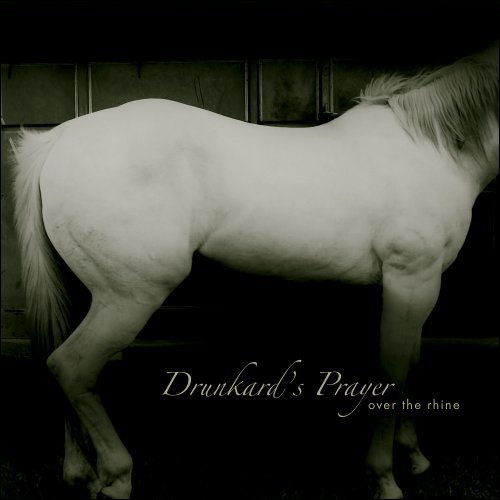





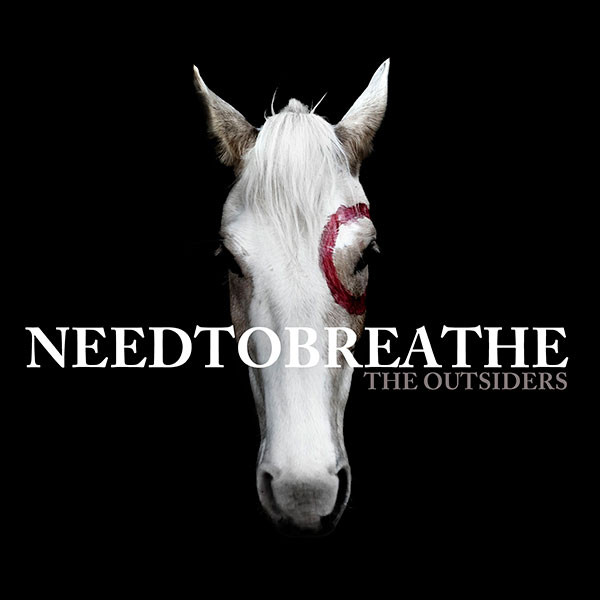
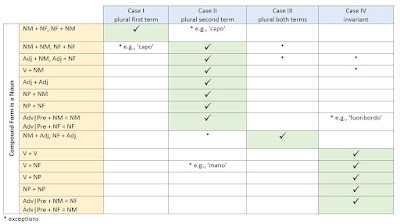
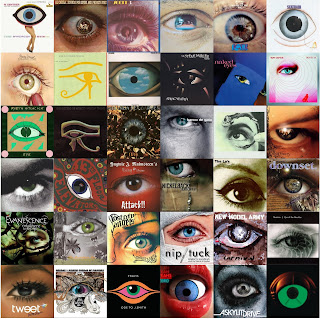
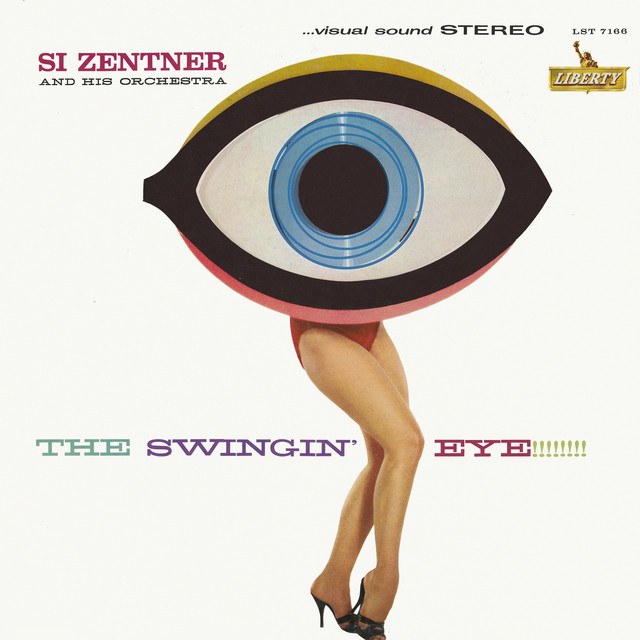
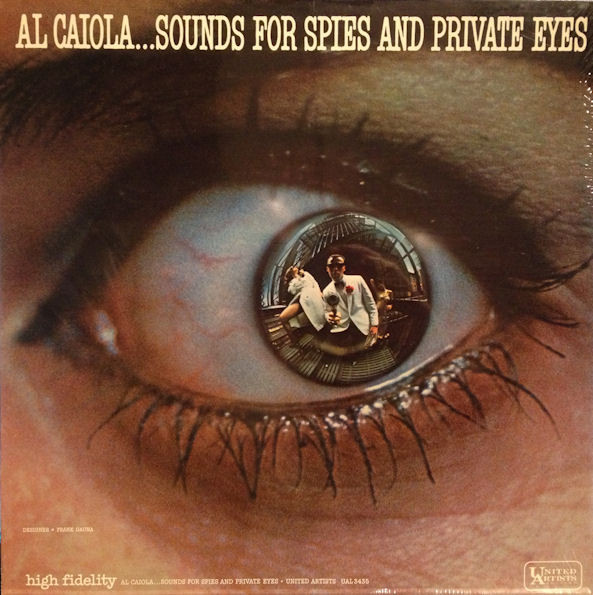
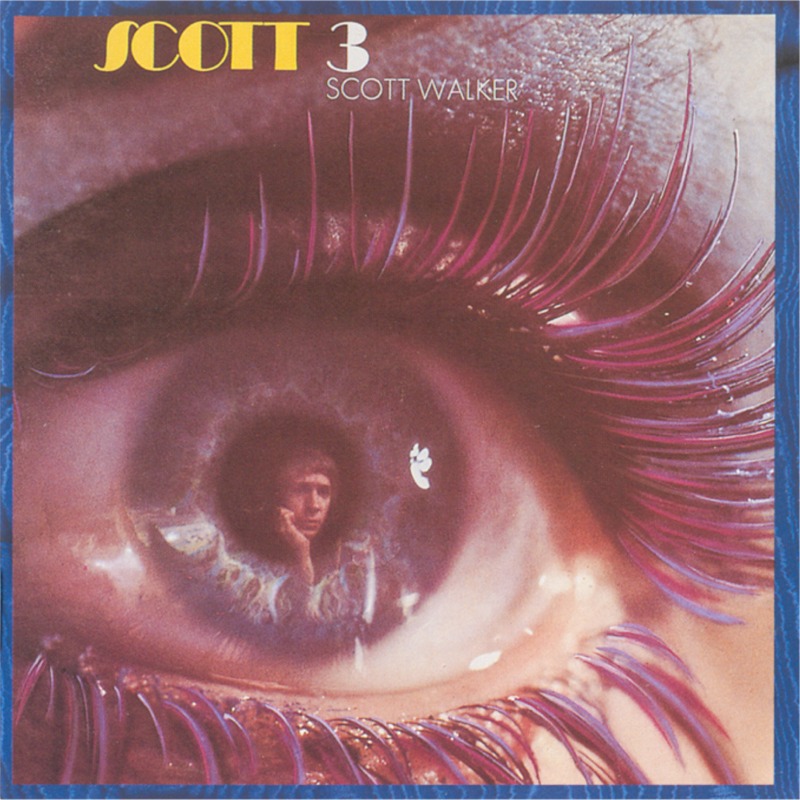
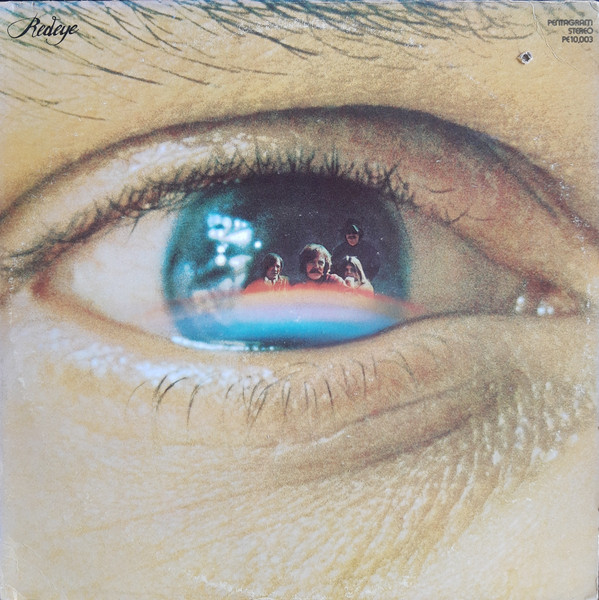
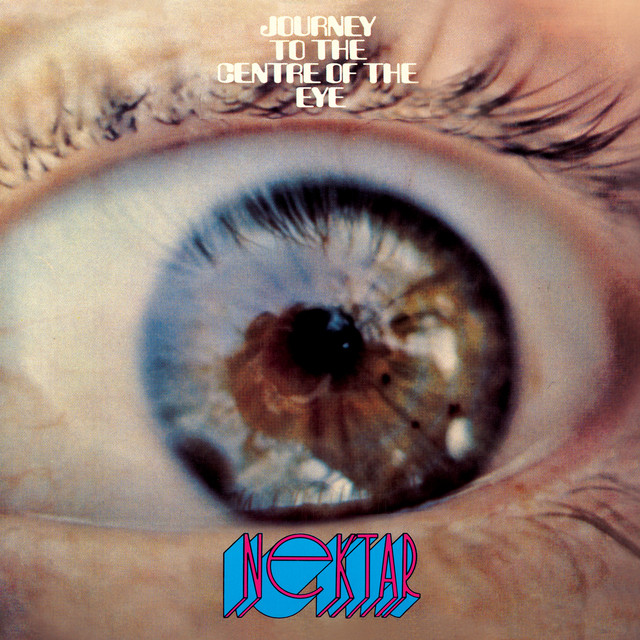
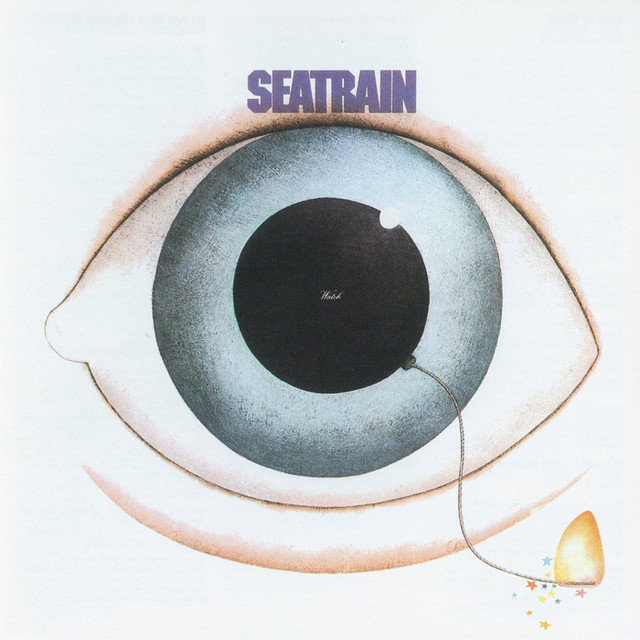
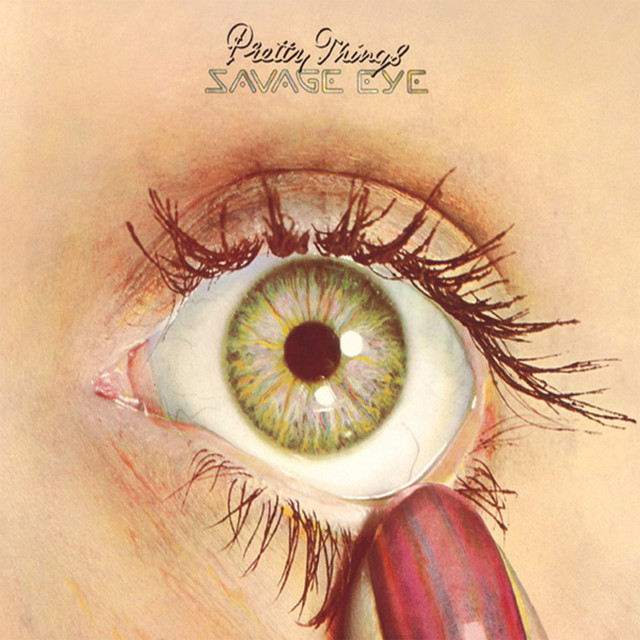




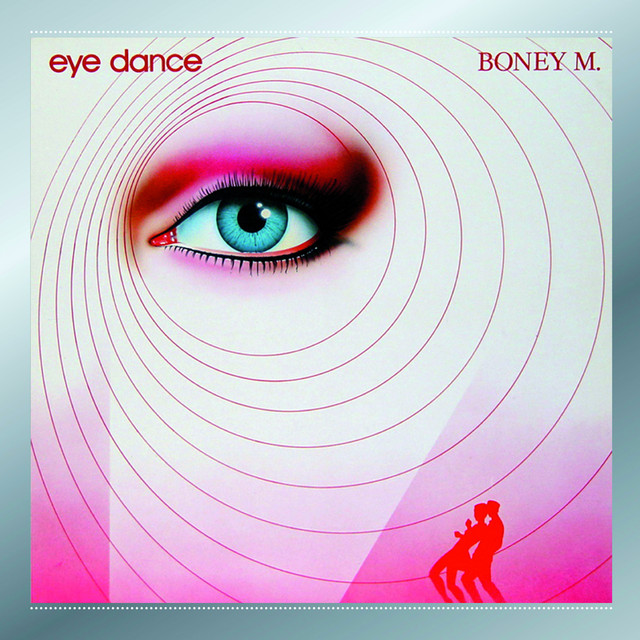
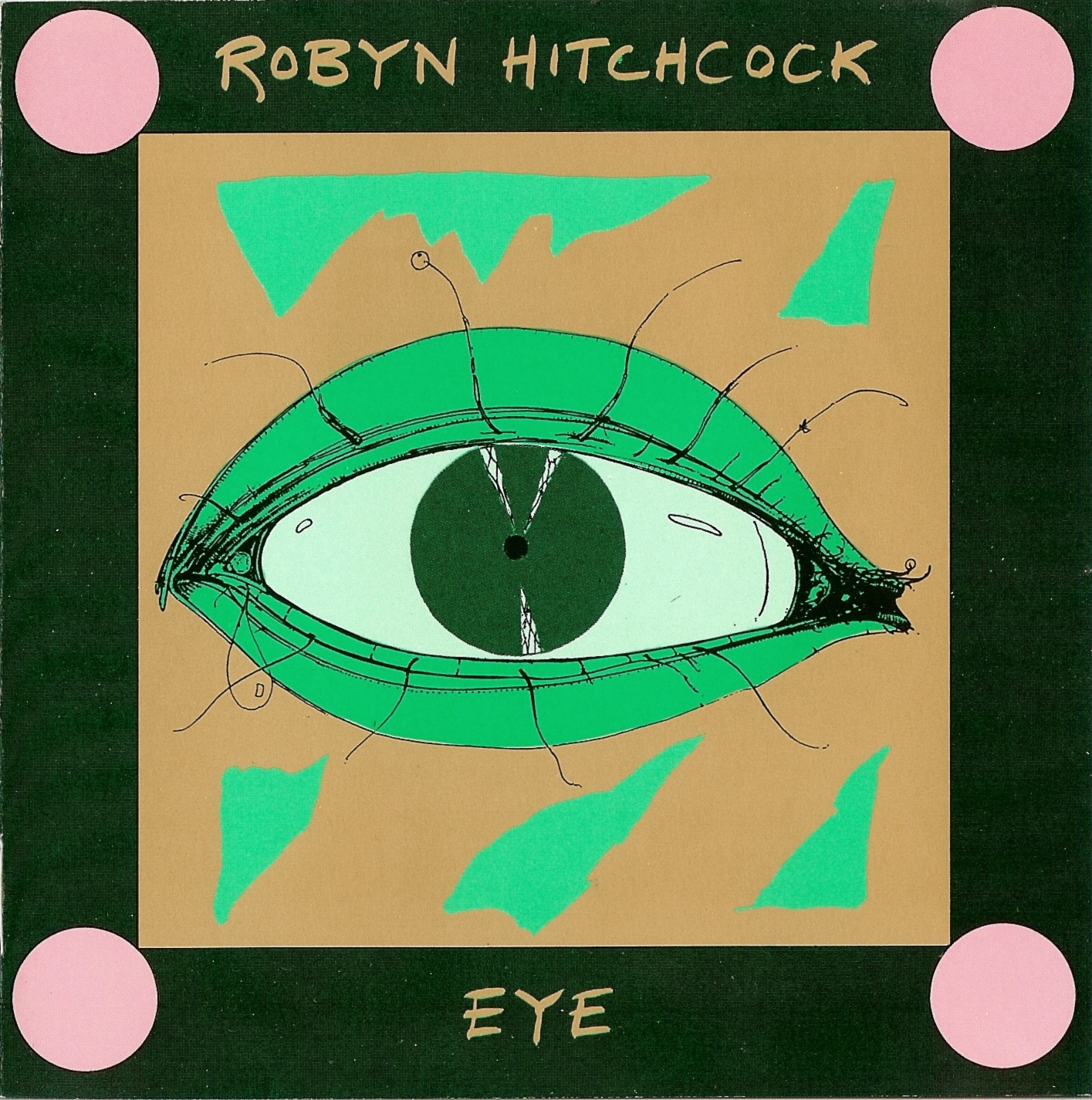
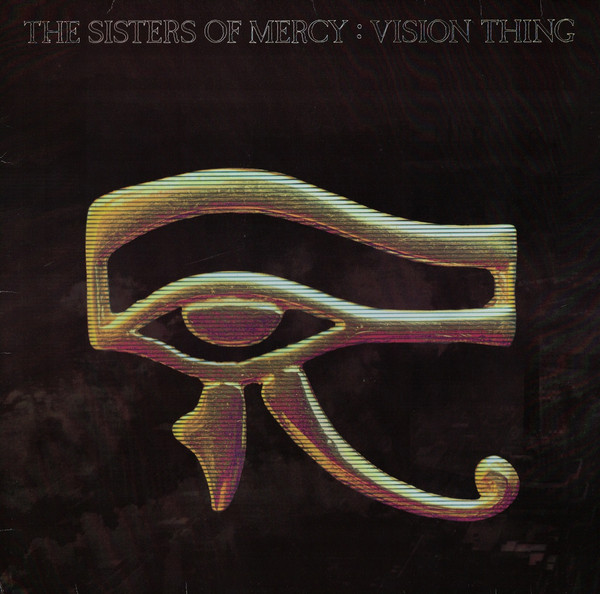

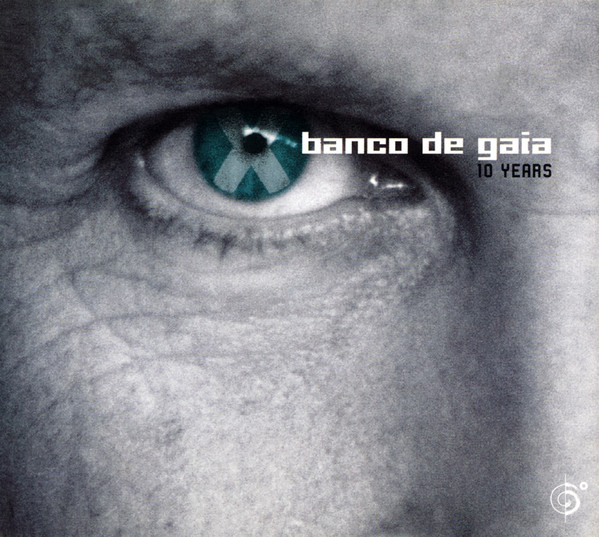



![2000 The 13th Floor Elevators - Psychedelic Sounds of the 13th Floor Elevators [Bonus Tracks] 2000 The 13th Floor Elevators - Psychedelic Sounds of the 13th Floor Elevators [Bonus Tracks]](https://blogger.googleusercontent.com/img/a/AVvXsEiSUeaFmnRtVzmaCGKKY7mQpdjeaX1iP1Cn-ngQmUAFmXJKUAB1NJI3kQ_z7ay0Vtk8DwC5CwA5-5gcDmKNk1sveSqPUg8W1ZfnZGSHupOf7H-ScaPTXh89t_bkEcSV3TY4MPRCW6qmlAywgRUWgtFSMuJIcJgGXMeiYuxg6hQpDNoXblmenLKhhRM=s500)

